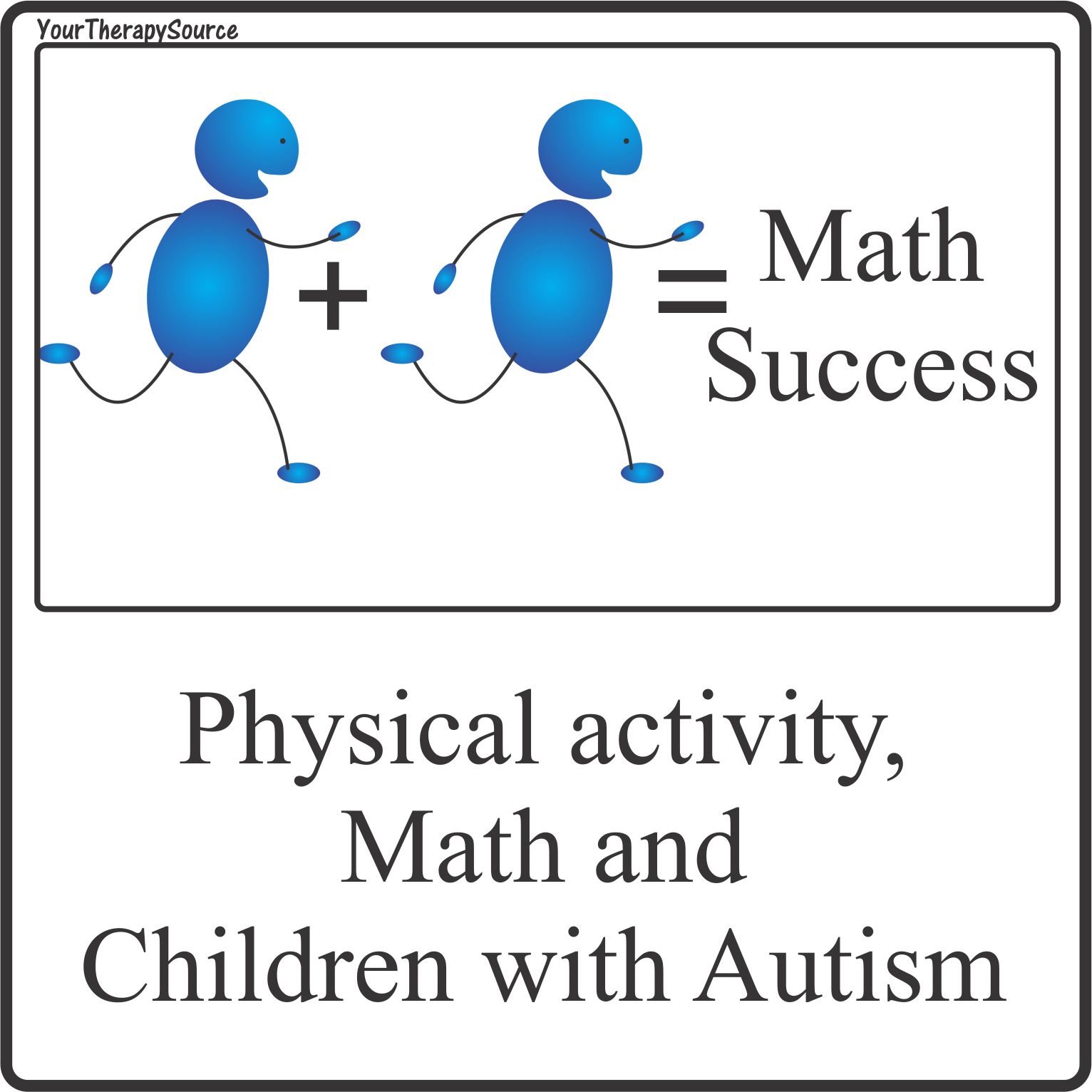Physical activity, Math and Children with Autism
Recently, a small research study was completed with 6 elementary students with autism spectrum disorder (ASD) who participated in a modified single-case design investigation. There was a four-day baseline phase followed by 13 days of an intervention phase that included structured physical activity based on the individual students’ needs, then a reversal phase for four […]








